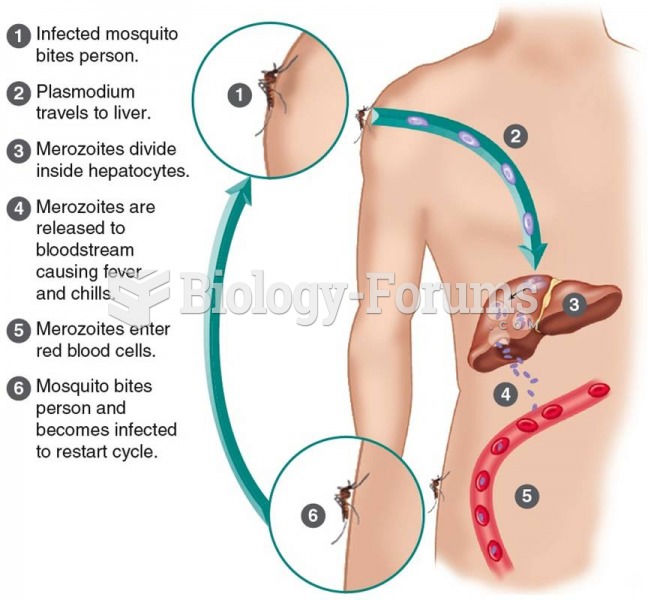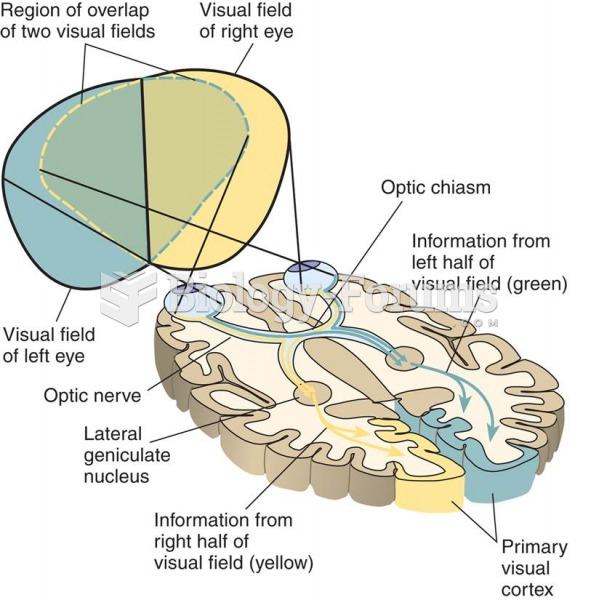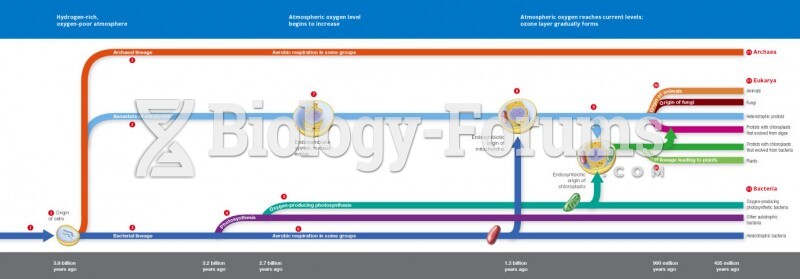|
|
|
Malaria mortality rates are falling. Increased malaria prevention and control measures have greatly improved these rates. Since 2000, malaria mortality rates have fallen globally by 60% among all age groups, and by 65% among children under age 5.
Green tea is able to stop the scent of garlic or onion from causing bad breath.
Excessive alcohol use costs the country approximately $235 billion every year.
Though newer “smart” infusion pumps are increasingly becoming more sophisticated, they cannot prevent all programming and administration errors. Health care professionals that use smart infusion pumps must still practice the rights of medication administration and have other professionals double-check all high-risk infusions.
Human stomach acid is strong enough to dissolve small pieces of metal such as razor blades or staples.







